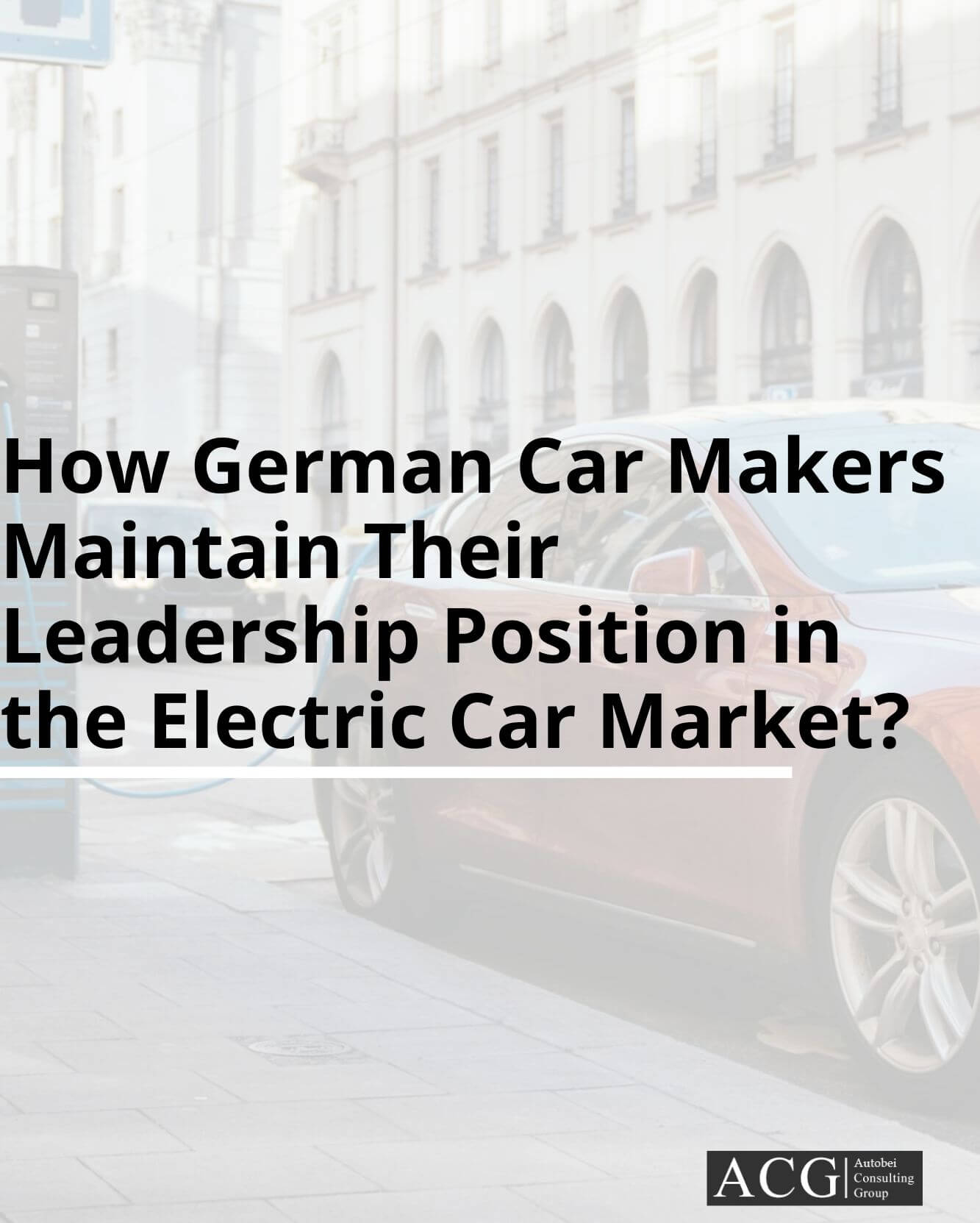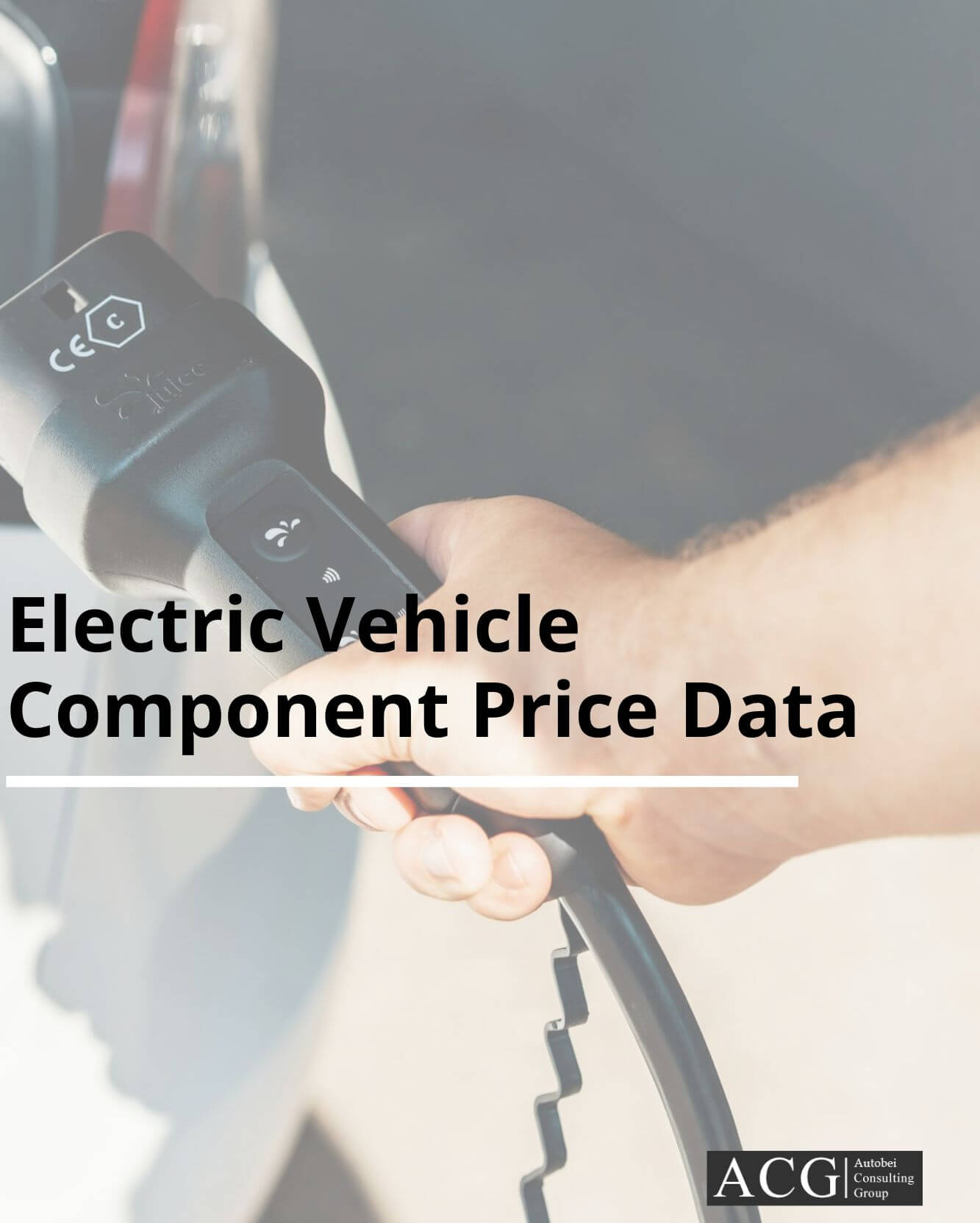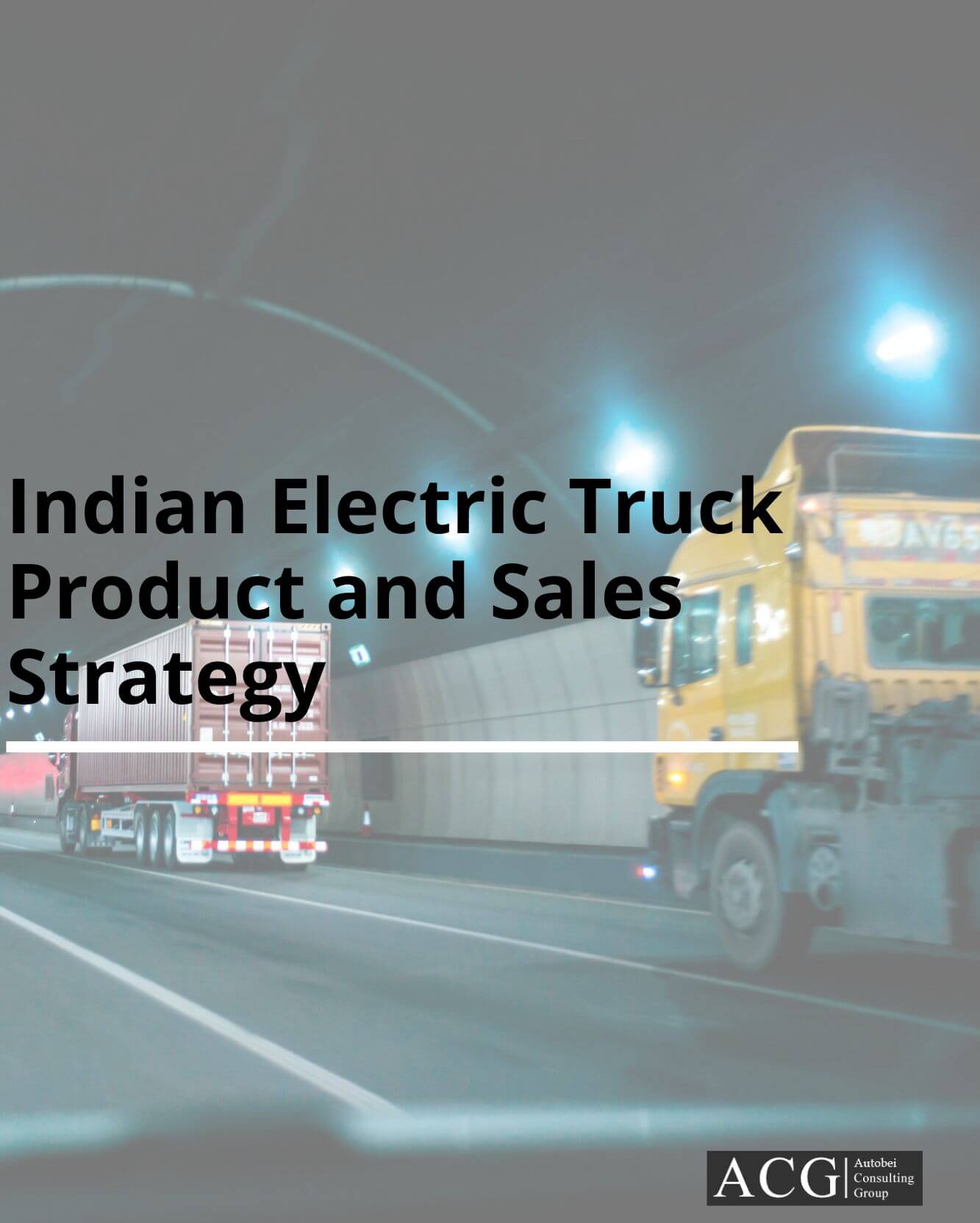Future of Electric Buses in India is our detail analysis report on E Bus, Trend, Opportunities, and Demand forecast. An electric vehicle has become a necessity in the current world, with an emission regulation and the alarming fuel cost it necessary to develop ideas to meet the daily needs one such development can be electric vehicles. TCO play a key role in the Commercial Vehicle segment. Justifying TCO and Battery price, Charging Infrastructure is the biggest challenge for all stakeholders of the Industry. In Europe, TCO for Electric buses works well for the longer route.
The Indian economy is racing ahead of its competitor France in the year 2018 itself. The Indian economy is now considered 6th biggest economy after the US, China, Japan, Germany, and Britain. India is often seen by most economists as a rising economic superpower which will play a major role in the 21st-century global economic development. The Indian economy has the mettle to reshape the world market by its trends and economic structure development.
In the year 2016-17, the bus industry witnessed the highest volumes of sale rate after FY 2012. The sale rate spiked to a super value of 98,000 units.
The high sale rate of a product has marked the enforcement of the bus body code (AIS 052), and the school bus code (AIS 063). For product posting with good growth rate, the industry witnessed the initiation and development of the sleeper bus code (AIS 119), which is claimed to be the beginning of this segment. The progress in this segment was also achieved in the tarmac and double-decker bus code draft project. The injection of good order rate from the government-run state transport undertakings (STUs) and city bus undertakings (CBUs), as well as the private bus fleet operators, played a major hand in the development of the segment.
The bus industry grew thick by 6 percent in the year 2016-17. In the year 2017-18, the bus market sector showed signs of degrowth with a rate of 14 percent. The bus code factor, demonetization, and GST have impacted the STU orders in the year 2017-18. After the bus code relaxation and with the GST is stabilizing now and hence demand is expected to rise again in the future. The industry comprises of buses that are categorized into school buses, mini buses, tourist buses, deluxe buses, commuter buses and others depending on the purpose of their use. The projected growth forecasted is considered to be 1,40,000 buses in India by the year 2023 in which the major growing contributing segment will be Electric Buses.
Based on the type of the vehicle, the Indian electric bus market is segmented into the battery-driven electric bus (BEB) and hybrid electric bus (HEB). Among these, in terms of volume, the HEB category accounted for more than 85 percent share in the electric bus industry in the year 2017. However, the fastest growth rate is forecast is expected from the BEB category, owing to the higher government support for BEBs as they are more eco-friendlier than HEBs. Based on battery, the Indian electric bus market is segmented into lithium-iron-phosphate (LFP), Lithium Nickel Manganese Cobalt Oxide (NMC) batteries, and others. Among these, the LFP category has recorded the highest volume sales, which has surpassed approximately 80 percent of its sale rate in the year 2017. However, the fastest growth is expected from the NMC category, owing to its declining price rate in the market along with the higher energy density and multiple safety levels that it offers. The Indian electric bus market is primarily driven by the strict government emission norms and regulations and the additional support in the form of subsidies and grants.
The Indian electric bus market is projected to grow at 3 digit CAGR by the year 2025. The growth of the market is majorly driven by the increasing support from the government for electric vehicles and the falling battery prices. The switch over to electric vehicles will happen into STU segment as the first step where the volumes will be maxed 8,000 to 10,000 buses per year, based on budget availability, infra readiness, and other factors. The trials started from the year 2014 onwards, and the adoption of some buses for regular operation started by 2017 and this initiation led to floating the tender for 530 buses in the year 2018. These buses will be scheduled to deploy in ten cities as an initial start-up in the year 2018, as per Govt of India plan. FAME provides subsidies as a financial incentive to buyers of electric vehicles.
The scheme allocated for the scheme is approximately INR 155 crore to meet the demand in the year 2015-2016 and the amount was raised to a level around INR 340 crores between the year 2016-2017. As a result, each mode of transport has experienced some acceleration towards electrification. However, this growth is not the same for all modes of transport. For instance, public transport and paratransit modes have witnessed a higher growth rate when shifting to electrification when compared to private vehicles.
Electric vehicles sale will get impacted in the year 2019 due to the general election scheduled in the year and BSVI implementation by the year 2020. The election will impose restriction by EC guidelines and other political interest. These factors will hamper the sale rate and will have a huge influence on the market as well as the economy.
The Indian government has set a target of becoming 100 percent electric in the public transport in the next 12 to 15 years as envisaged by NITI Aayog. The Indian government has understood the environmental need to switch to electric vehicles and to ensure that it is a success. Several initiatives have been implemented to meet the cause. Globally Several large OEMs are working on electric vehicles concept. Along with the traditional auto OEMs, some new players like JSW are also planning to enter this segment. Simply replacing diesel buses with electric buses will not be enough to compel people to give up the freedom and privacy of their cars and two-wheelers in favor of public transport. Customers will an expectation to have Smart E Bus instead of just Electric Bus.
Currently, there are around 36,000 M and HCV segment and 50,000 LCV segment public transport buses operating across India. The current number of buses is not enough for a country of India’s size and this factor has led to the rapid growth of personal vehicles. This increase in personal vehicle utilization has led to tremendous traffic congestion as well as huge financial loss due to burning fuel during the traffic jam, and pollution. Public transport has to be viewed as a desirable experience by the people. It has to be clean, reliable, safe, and comfortable. The transport system should be connected to all localities so that it is the top choice for commuting.
In the current scenario, Ashok Leyland and Tata Motors are dominating the Indian bus market. Both the companies are striving for the no 1 position. For the first three years starting from 2013 Tata was maintaining No 1 position but in the year 2016 Ashok Leyland grabbed No 1 status, followed that Tata again regained its position in the year 2017.
While Tata is having the presence in almost all the segments of transport, but Ashok Leyland is dominating in MCV and HCV category of buses. Recently VECV launched its sub-5-ton projects which will drastically improve its market share.
All Indian OEM’s are trying to be present in E Bus segment with their new and improved platforms but the Chinese are strong in the global market to start the EV companies like BVD (Olectra). The Chinese companies have started penetrating into EV market very fast with their highly developed products. Due to there earlier experience, they are relatively more comfortable offering an affordable product with proven quality. Other players like M&M, SML are stable with single digit Market share. New Players like Corona, JBM have also started recently venturing into bus market. While Corona is making good progress but on the other hand, JBM is still struggling to make an impact in the market. BharatBenz is one of the top respected global brands and expected to command top end School and Staff bus segment. Even though they are very slow in their growth rate due to their low familiarity with the Indian market and cost competitive environment in India.
Recently Central Govt has relaxed bus body building norms after the state government and the bus operators landed in a tight spot due to the stringent guidelines imposed since October 1, 2017. The norms state that the state government can only register the buses only if they build the bus body with technical specifications (AIS-052 norms) from a workshop having an approval certificate from the Automotive Research Association of India (ARAI) after getting the bus prototype examined by the authorities.
The Industry is facing some challenges like make in India EV Technology, Charging Infrastructure, high initial cost, loss-making STUs, charging range, and other factors. Even with all these hurdles, the government will have style some plans for the improvement and development of the electric vehicles. The increasing fuel cost, alarming pollution rate, congestion in traffic are some factors which can be minimized up to a certain level by the introduction of the electric vehicle. The set-up of factories and development of the project are the major concerning factors which will have government thinking. Instead, the development will initiate new companies into the Indian market which can improve the Indian economy. New initiatives and developments are required in the current market for making a place in the market.




